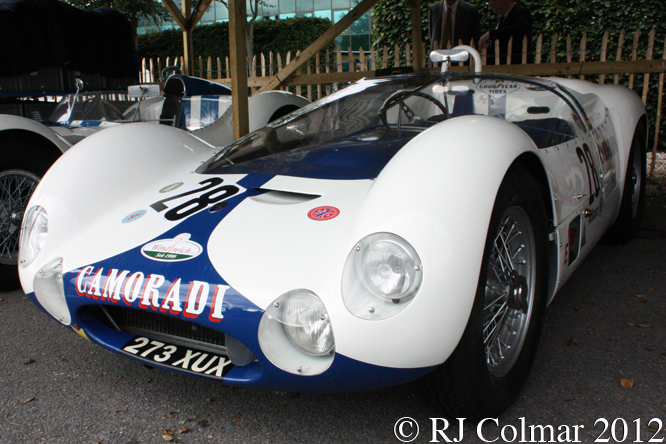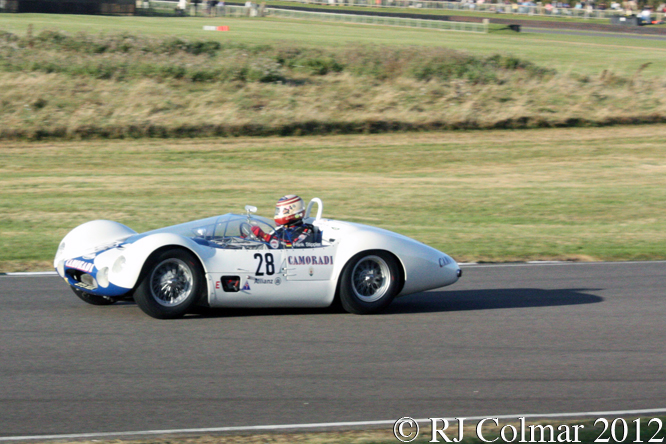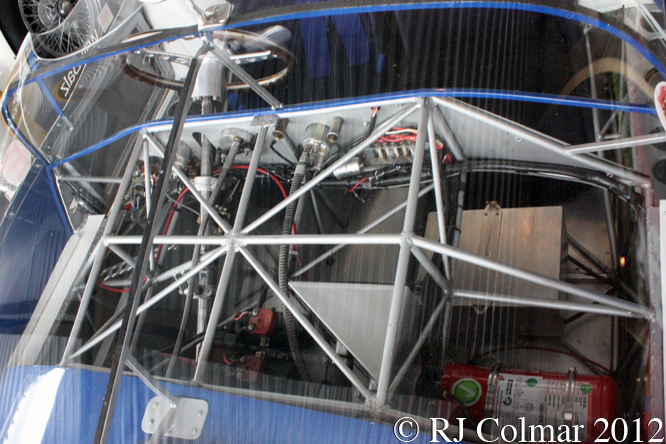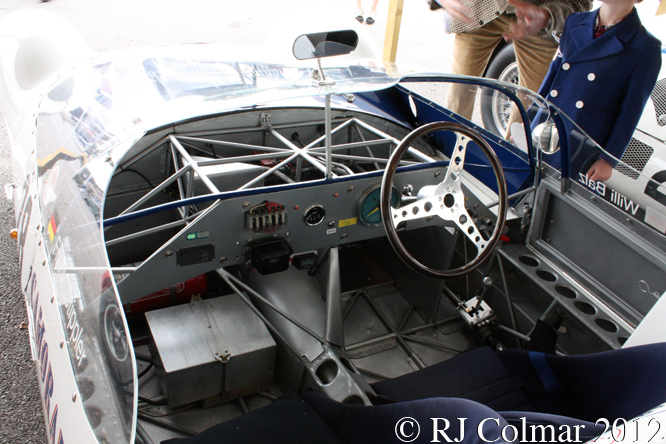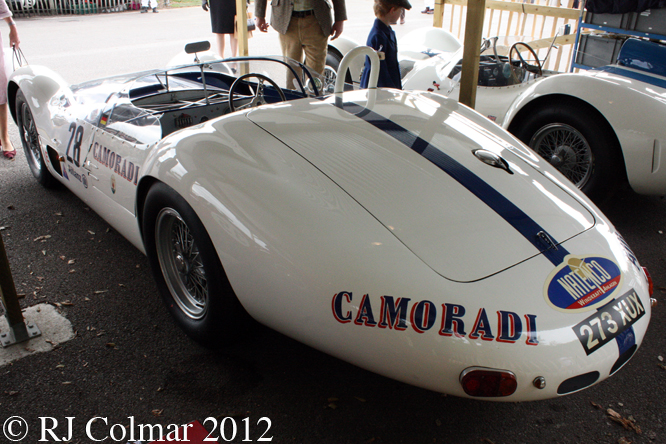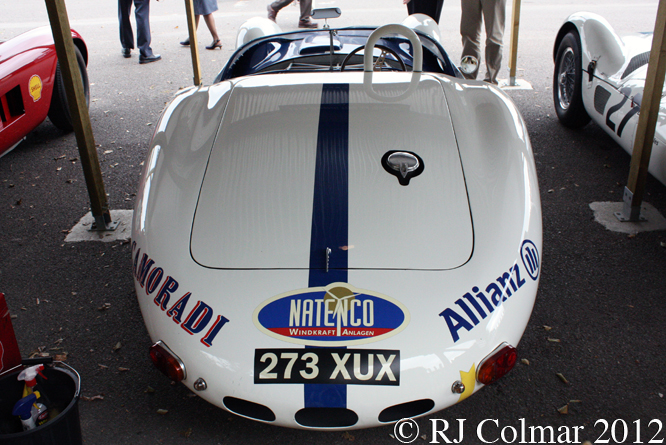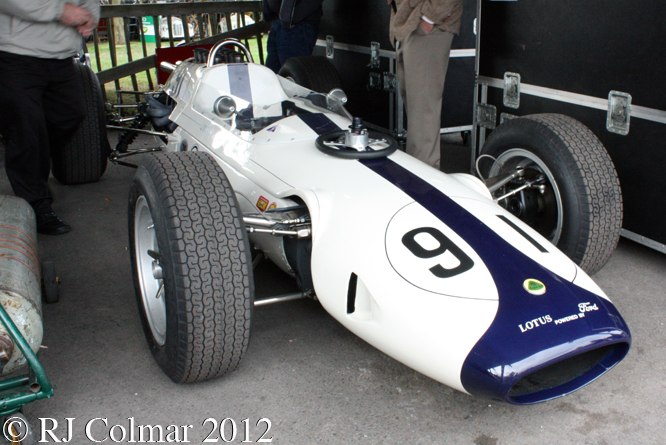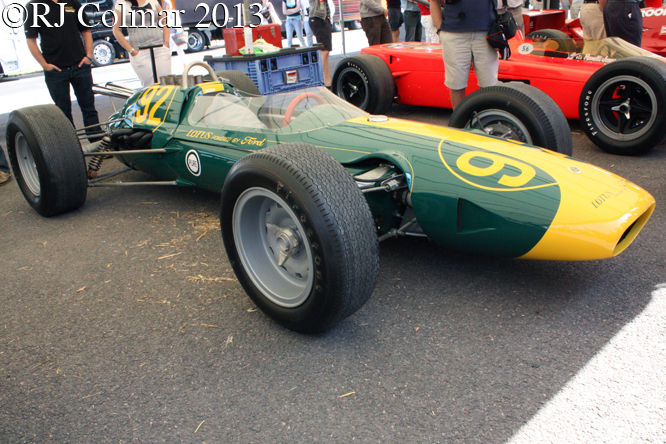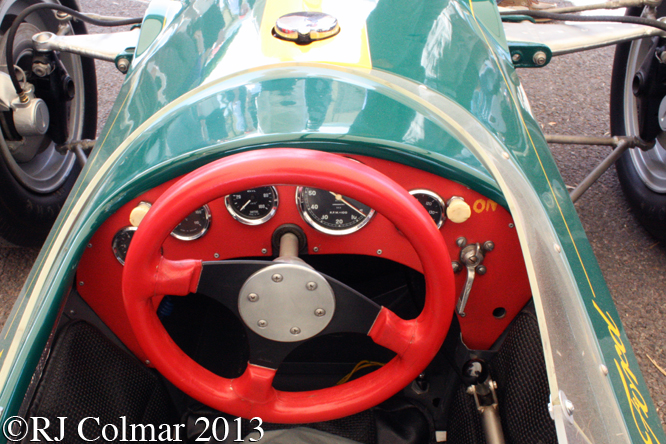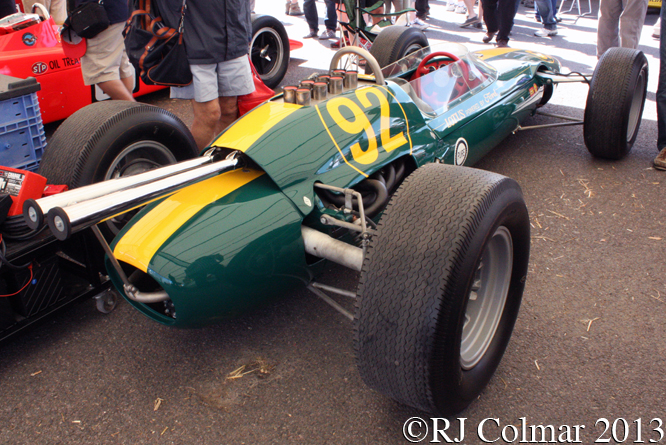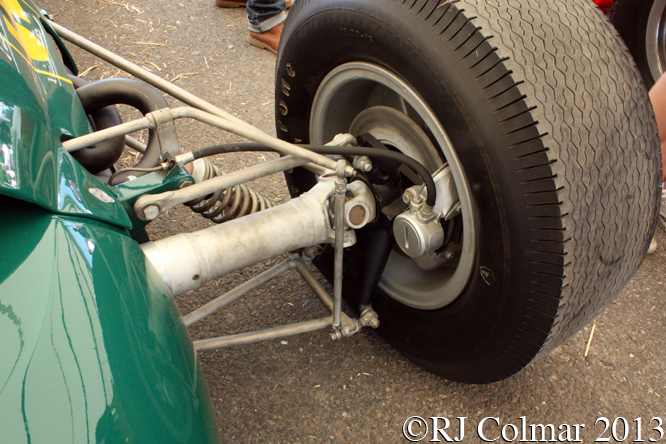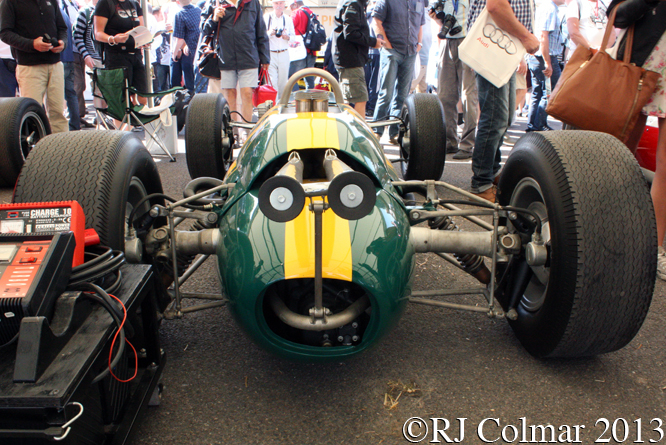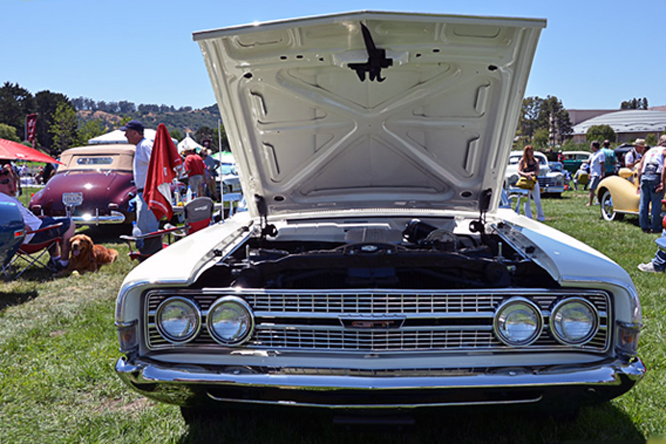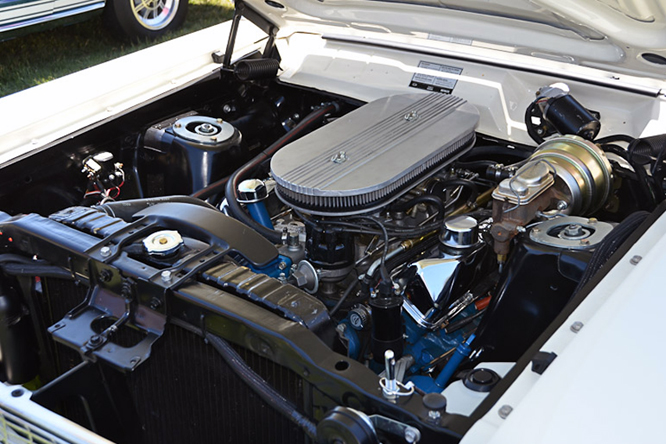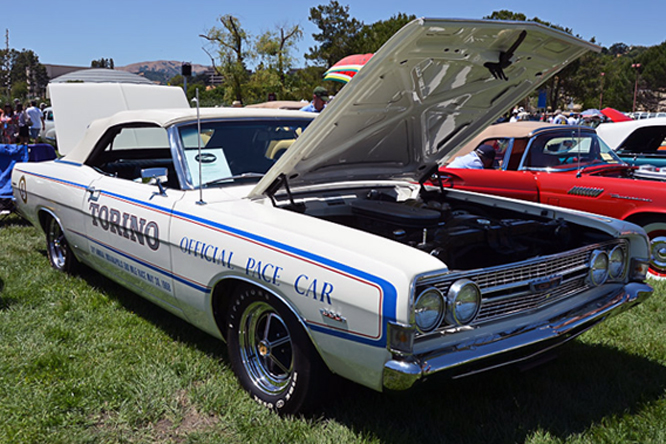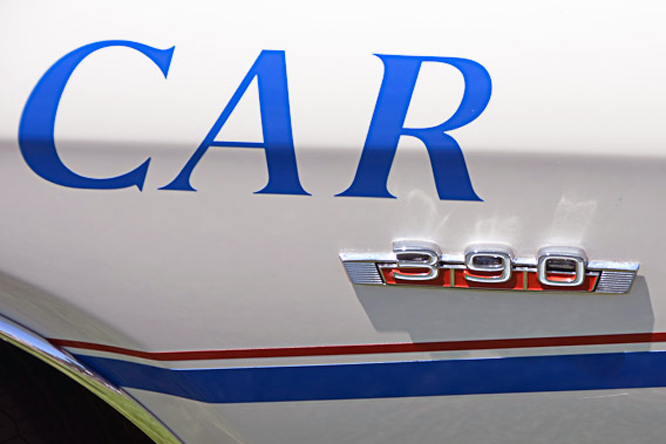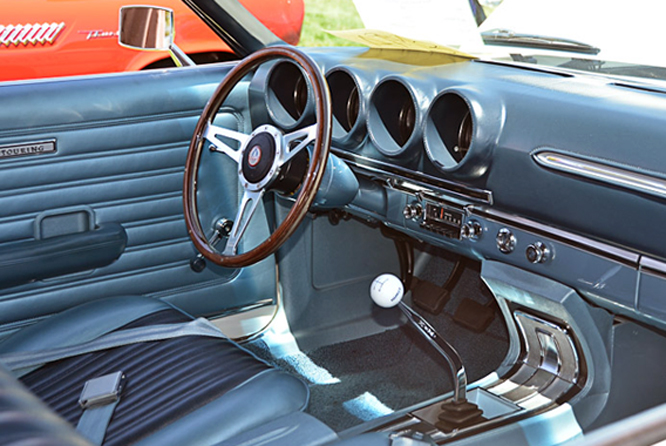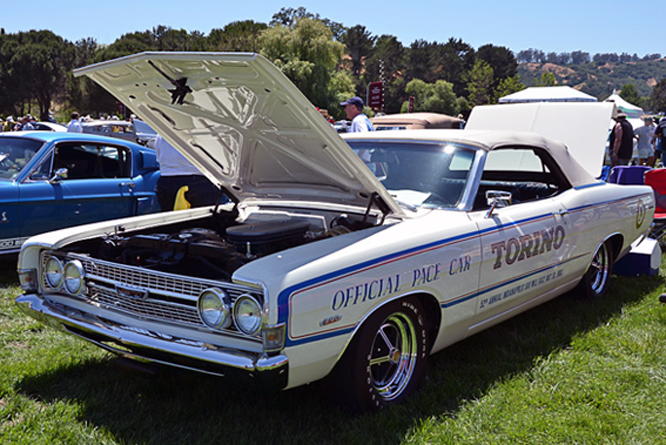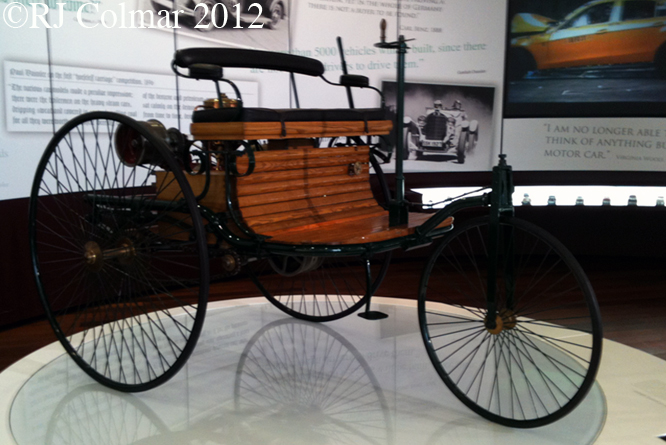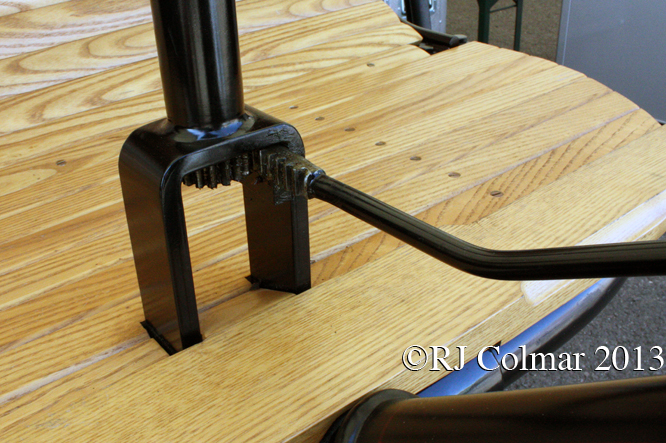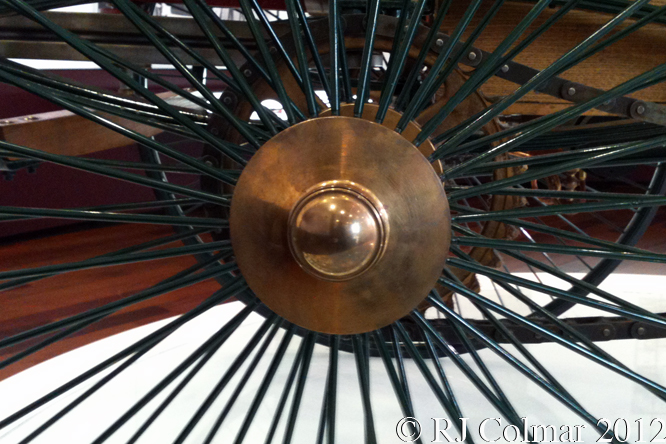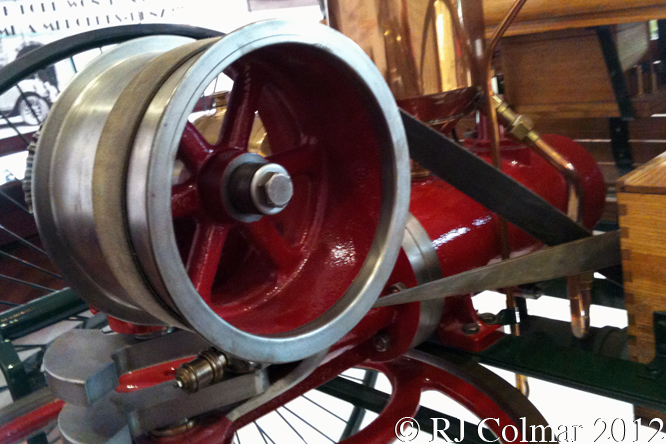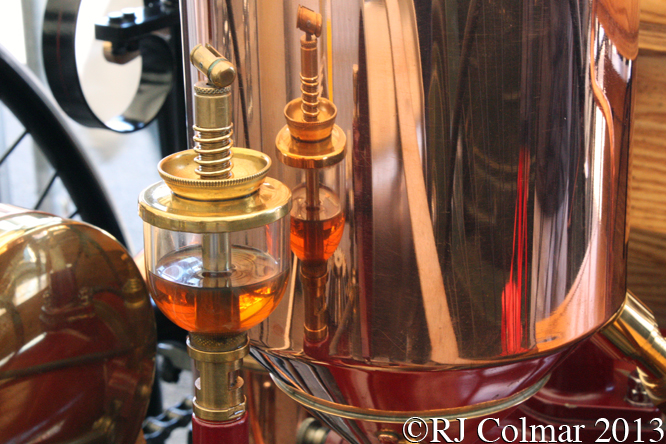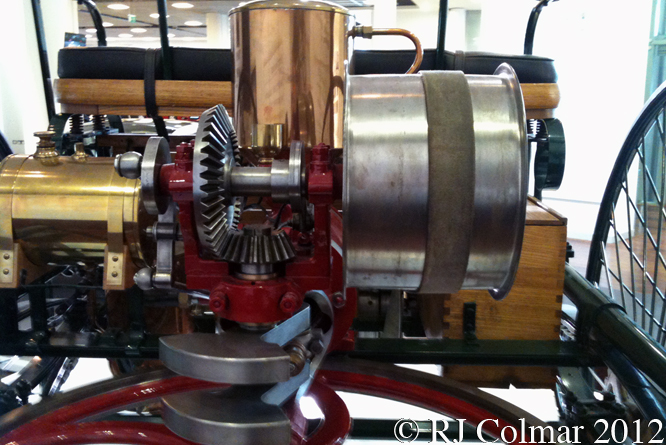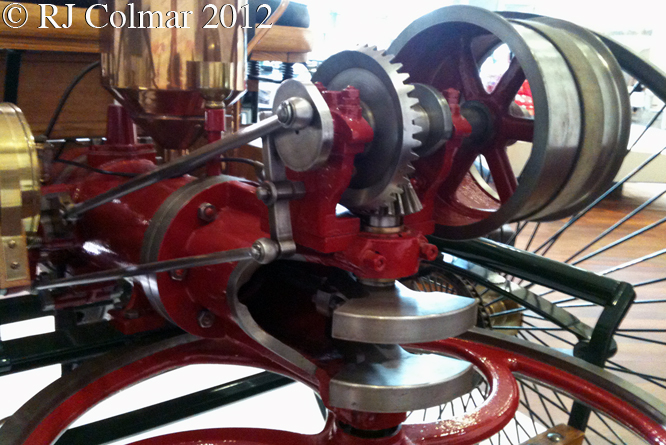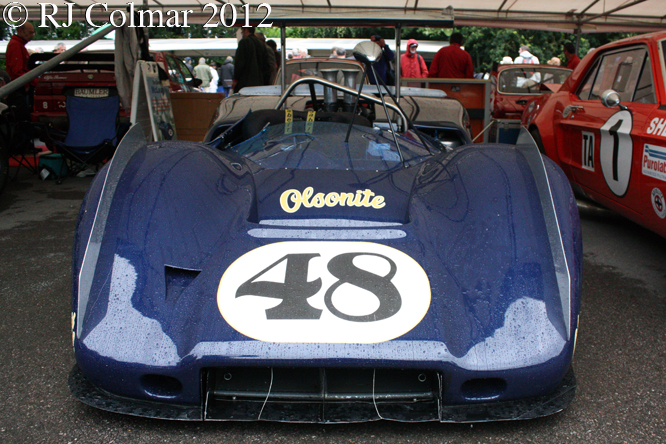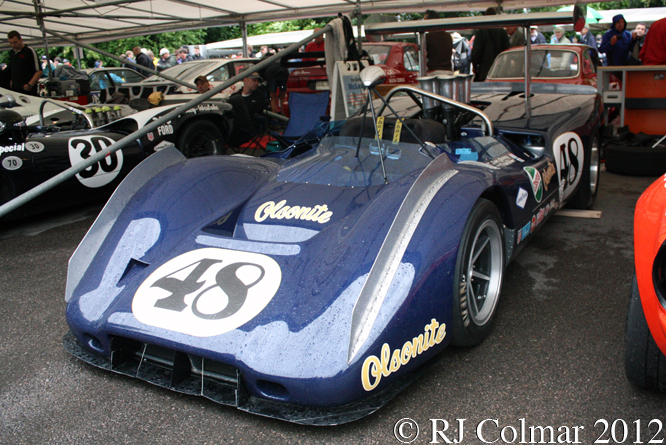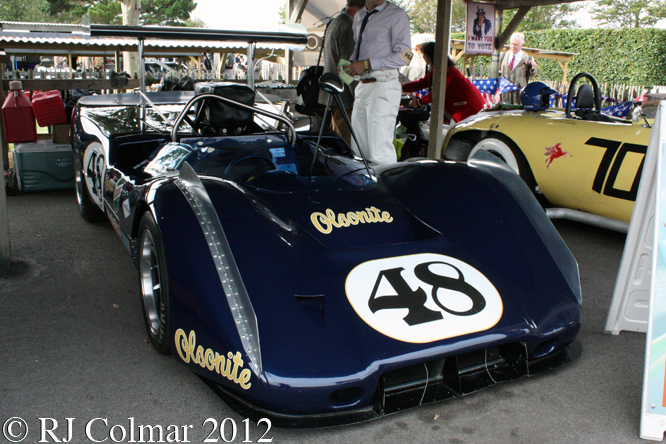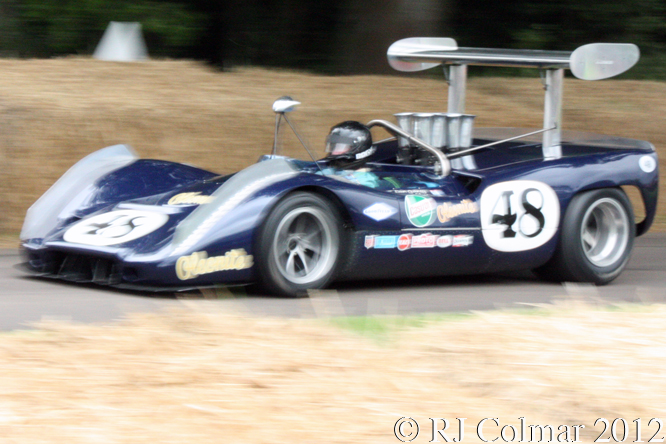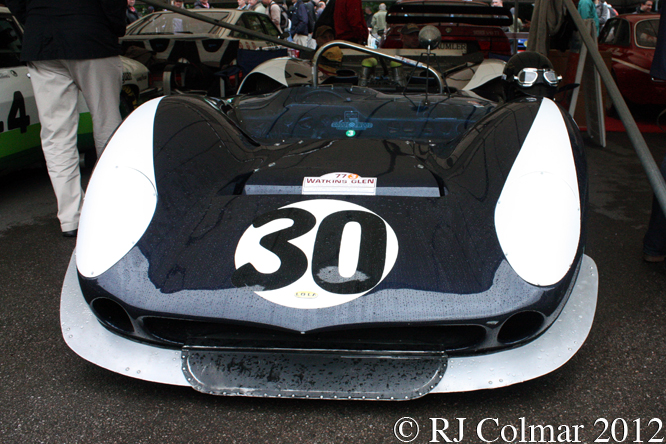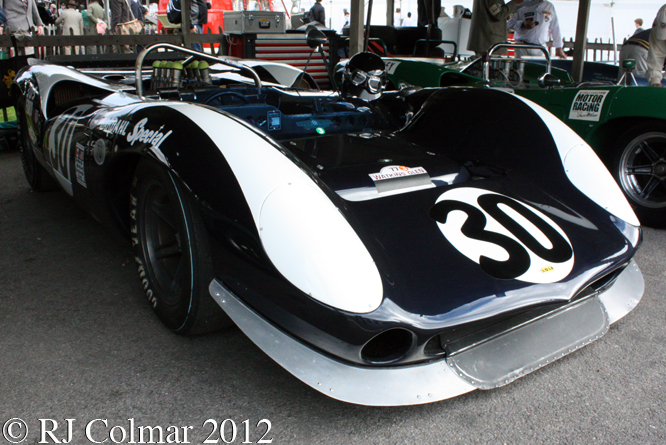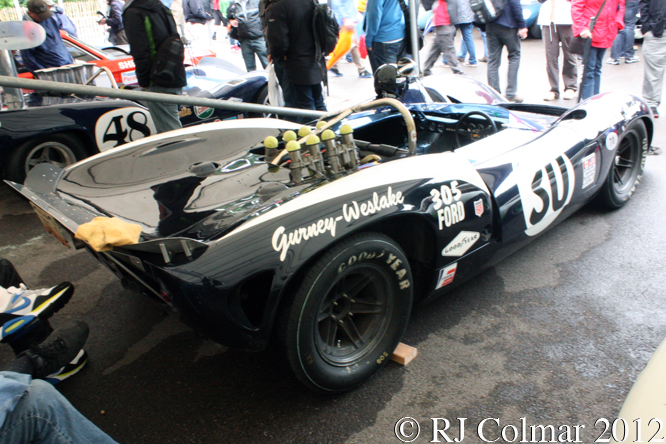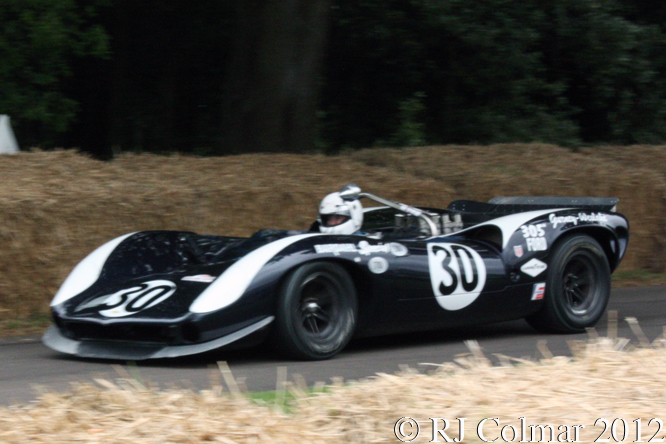After Jaguars bitter sweet success at Le Mans in 1955, when the works D-Type driven by Mike Hawthorn and Ivor Bueb won the ill feted race following Mercedes Benz mid race withdrawal, Sir William Lyons concluded, as did the board of Mercedes Benz, that Jaguar’s resources would be better spent turning it’s racing success into commercial production success.
The Jaguar racing department became the Jaguar prototype department as all Jaguar works racing programmes were left to customer teams like Ecurie Eccose who promptly won Le Mans in 1956 and 1957 with their D-Types and Briggs Cunningham, who realised he did not have the resources to build and compete with an American sports car with the best Europe had to offer, but still had the resources to buy top line European cars to race.
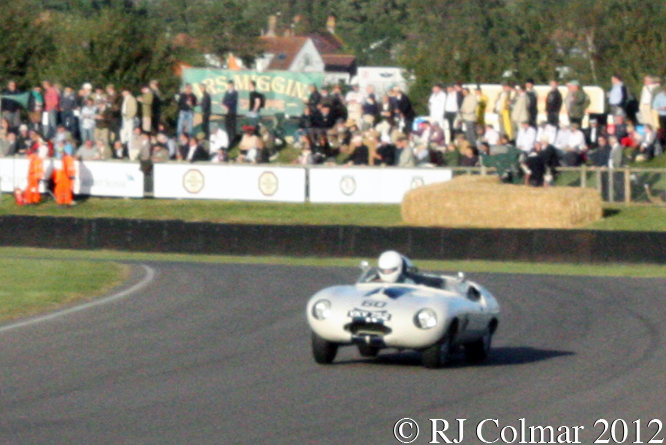
The Jaguar prototype team’s first job was to build a production version of the D-Type using monocoque construction and replacing the D-type’s live rear axle with independent rear suspension.
This prototype, known as #E(Type)1A(Aluminium), was a 130 mph 2/3rds scale drivable vehicle built in 1957 which after much testing was broken up and scrapped somewhere between 1959 and 1960 without ever having been shown to the press or public.
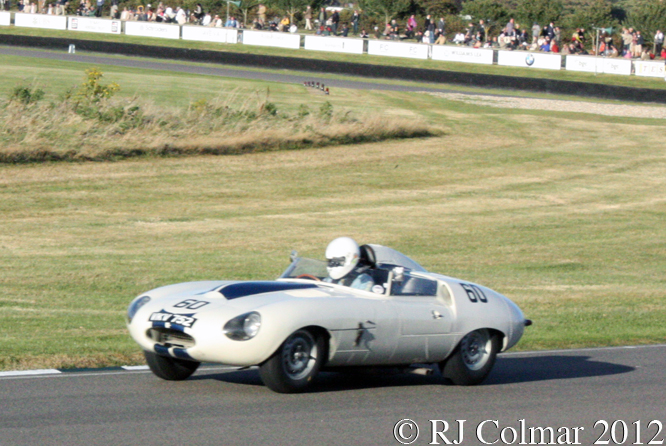
Today’s featured car #E2A was a full scale second prototype with a monocoque and aluminium body styled by Malcolm Sayer. The car was fitted with a 3 litre / 183 cui fuel injected aluminium straight 6 motor in order to meet the Le Mans prototype regulations. E2A was entrusted to Briggs Cunninghams team and painted in his teams white with two blue stripes colours.
Before going to Le Mans in 1960 E2A was tested at the oval MIRA test facility and the suspension was set up for this purpose when it arrived at Le Mans unknown to Dan Gurney and Walt Hangsen who were employed to drive it.
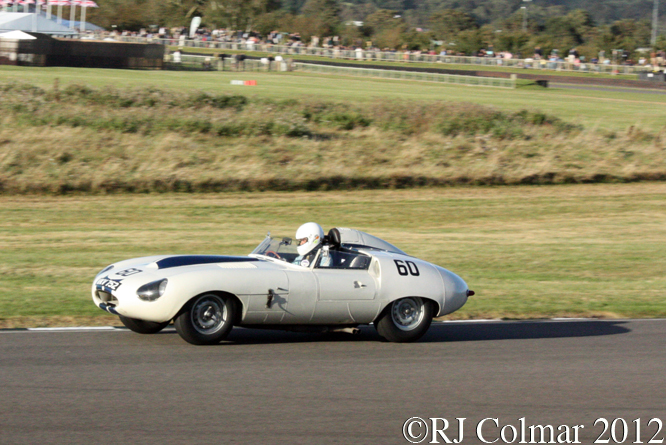
Dan and Walt found the car extremely twitchy and it was late before the race that the suspension settings were changed to something more suitable to a public road used as a race track rather than a steeply banked oval at MIRA.
#E2A completed the opening lap of the 1960 Le Mans 24 hours in third place, but after just 3 laps the car was in the pits with a broken injector pipe. This was replaced but a train of damage had been set in motion which resulted in E2A retiring after six hours with a failed head gasket and burned piston.
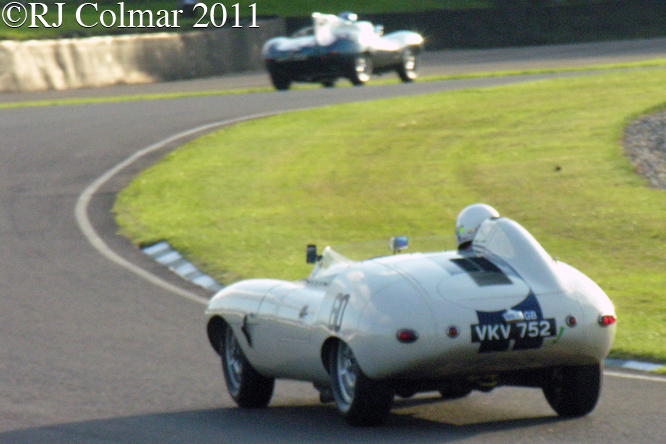
Back at the Jaguar factory the 3 litre #E2A engine was swapped for a 3.8 litre / 231 cui unit and the car was shipped to the USA Walt Hangsen drove it to a win in the 2nd Annual Inter-club Championship Bridgehampton and class win in the 500 mile Road America race.
Reigning double world champion “Black” Jack Brabham drove #E2A 10th place finish in the 200 mile Grand Prix Riverside, a twisty track to which E2A was as poorly suited as Laguna Seca where Bruce McLaren drove #E2A in two heats of the First Pacific Grand Prix to 12th and 17th place finishes.
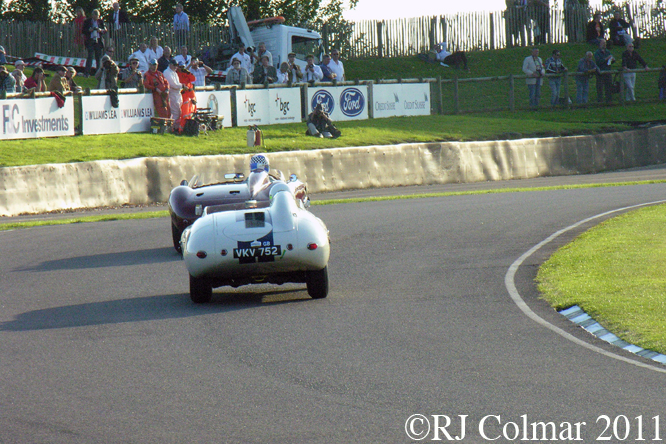
Thereafter #E2A was returned to Jaguar for further testing which included an early anti lock braking system called ‘Wheel Slide Protector’ as used by the Ferguson P99.
#E2A was eventually put into storage, only to be pulled out and painted green in 1965 so that it could be used as a decoy while testing of the top secret XJ13 was carried out at MIRA.
In 1967 Jaguar customer car competition manager Roger Woodley managed to save E2A from the usual destruction for scrap prototype fate by mediating a deal for his father in law Guy Griffiths Camden Car Collection in the Cotswolds to take it with Jaguars insistence that #E2A should never be used in competition.
Jaguar kindly repainted #E2A in Briggs Cunninghams original racing colours and some time after handing it over manged to supply Guy with a 3 litre fuel injected motor.
In 2008 Roger’s wife sold the car for just short of US$5 million at Bonham’s, owner Stefan Ziegler has since had the car prepared to ‘weapons grade racer’ standard much to the chagrin of some old curmudgeons, myself included.
Stefan is seen at the wheel of the car at Goodwood in the photo’s dated 2012, while Tony Dron is seen driving the car in the older images.
Thanks for joining me on this “Prototype, Racer, Decoy” edition of “Gettin’ a li’l psycho on tyres” I hope you will join me again for Ferrari Friday tomorrow. Don’t forget to come back now !


